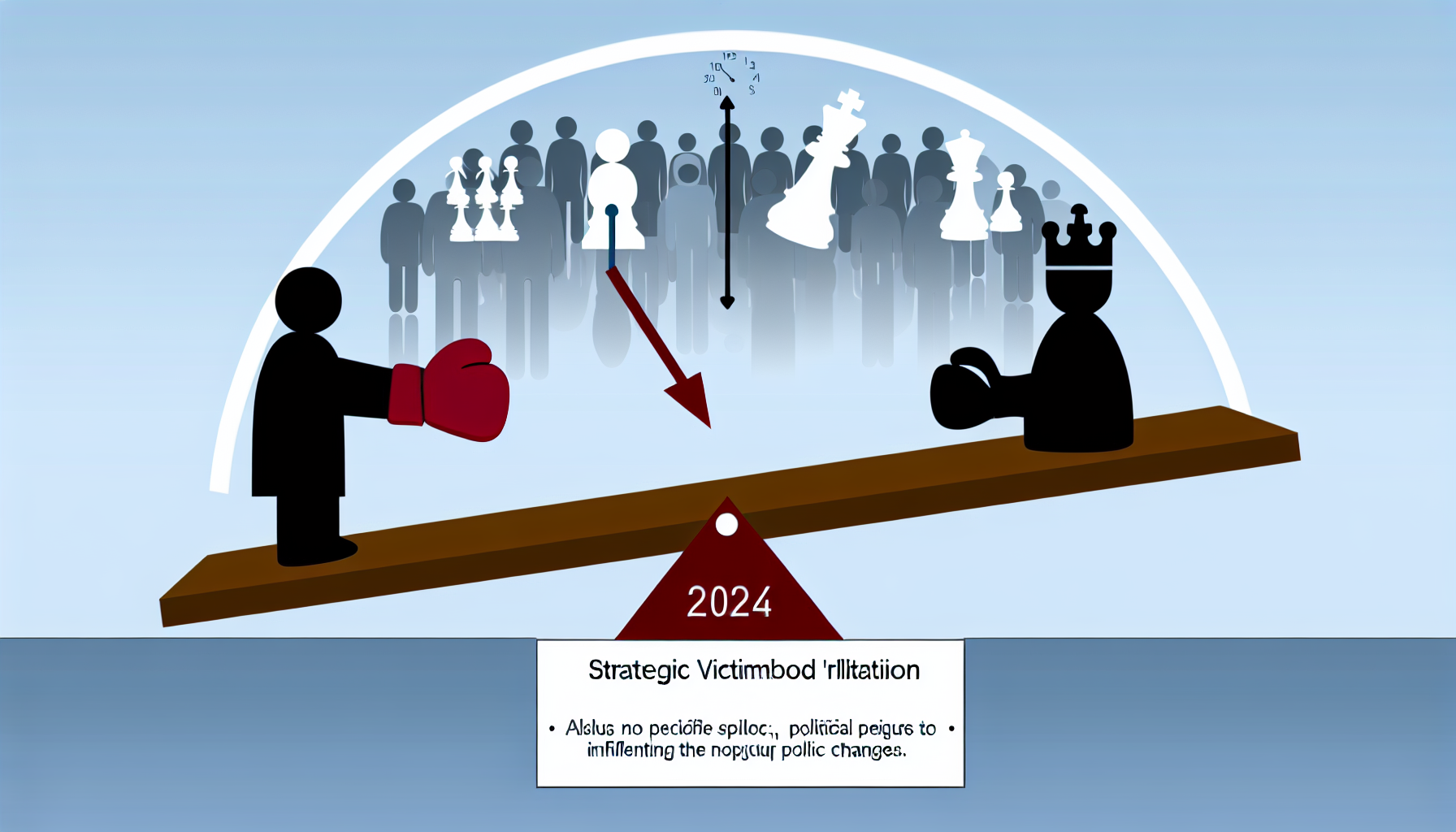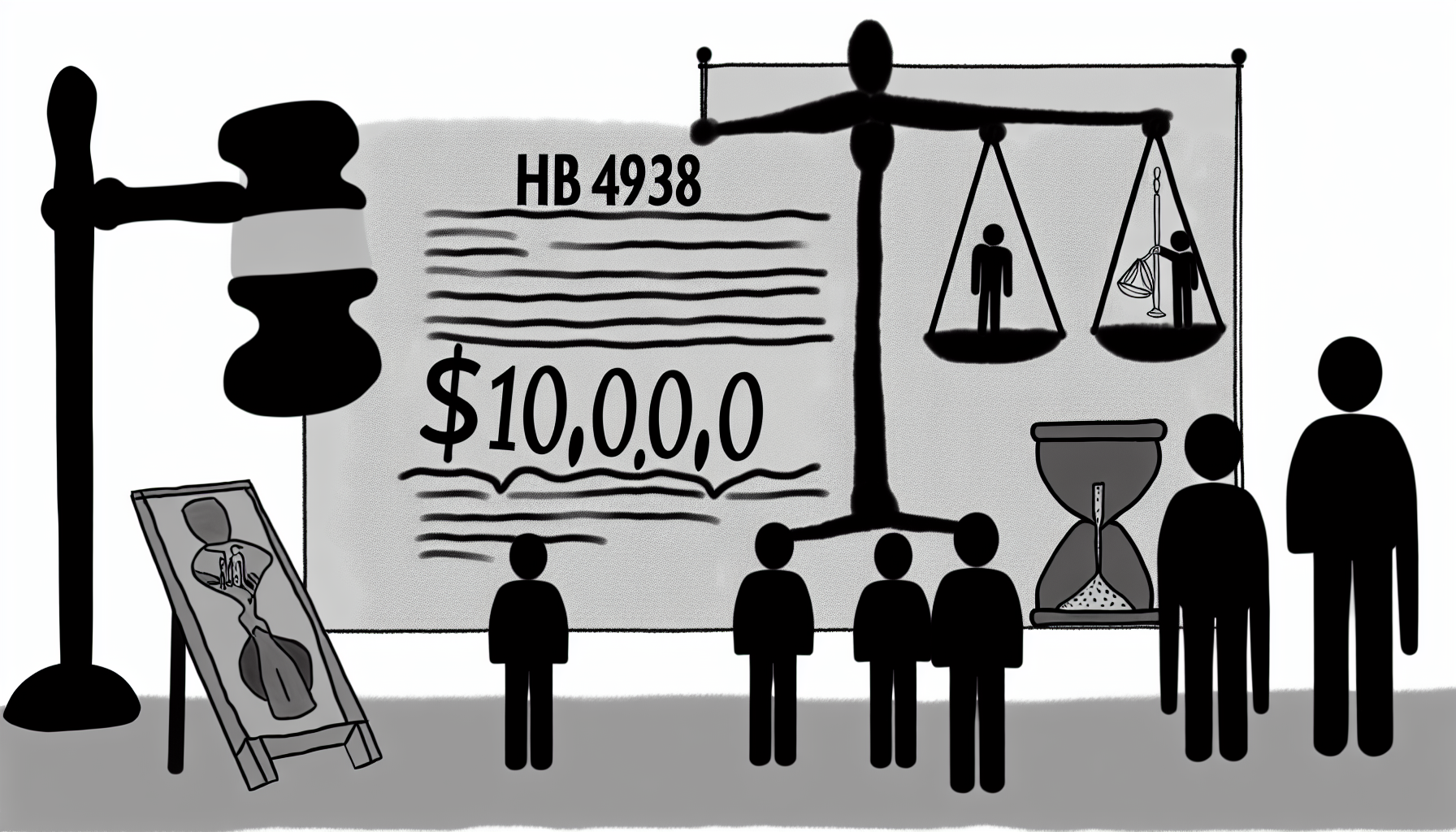Rite Aid closures are accelerating nationwide after the pharmacy chain said it would close or sell all remaining stores following its second Chapter 11 filing on May 5, 2025. The company operated about 1,240–1,245 locations entering bankruptcy and secured $1.94 billion in financing to manage a structured wind‑down while promising a “smooth transfer” of prescriptions for customers. As closures roll out in waves, communities in states with the largest concentration of stores are bracing for reduced access to pharmacy services and shifting retail competition.
Key Takeaways
– Shows Rite Aid will close or sell roughly 1,240–1,245 U.S. stores following a May 5, 2025 second Chapter 11 bankruptcy filing. – Reveals lenders committed $1.94 billion to finance a structured wind‑down, including auctions of stores and distribution centers and staged closing sales. – Demonstrates closures concentrate in California (347), Pennsylvania (345), and New York (178), raising pharmacy‑access risks in vulnerable rural and urban communities. – Indicates loyalty rewards ended and gift cards and returns were void from June 5, 2025, while prescriptions transfer commitments aim to prevent care disruptions. – Suggests CVS and Walgreens are unlikely buyers, even as closures grew from 47 initial sites to dozens more across nine states during the accelerated wind‑down.
Why the chain is closing or selling every store
Rite Aid entered Chapter 11 for the second time on May 5, 2025, and told the court it intends to close or sell all of its remaining retail locations and distribution centers as part of a nationwide restructuring. At filing, the company operated about 1,245 stores and said it would work to transfer prescriptions to other pharmacies with minimal disruption for patients. The strategy, the company indicated, is designed to preserve continuity of care even as locations shut down or change ownership. [1]
In a separate filing and public statements, new CEO Matt Schroeder cited rapidly evolving retail and healthcare markets and a deteriorating operating environment in explaining the decision to pursue a comprehensive wind‑down. Lenders agreed to provide $1.94 billion in financing to fund store‑closing sales, asset auctions, and the logistics of an orderly exit, including pharmacy transitions and real estate dispositions. [2]
As the process accelerated, analysts tracked the footprint at roughly 1,240 locations and warned that the company’s loyalty program sunset and policy changes would ripple through customers’ shopping and returns behavior. The firm also set a firm date in early June for voiding gift cards and returns, aligning with an aggressive timeline to liquidate store inventories and simplify the wind‑down. [3]
Retail experts cautioned that inventory purchases tend to cease during corporate liquidations, a move that typically leaves shelves “more and more spartan” before doors finally close or a buyer takes over. That pattern is expected to play out across Rite Aid’s markets as the chain prioritizes prescription transfers and cash generation from closing sales. [1]
Where Rite Aid closures hit hardest
Rite Aid closures are concentrated in a handful of large pharmacy states. Newsweek’s running tally identified approximately 347 stores in California, 345 in Pennsylvania, and 178 in New York—numbers that underscore where consumer access is most at risk as shutdowns proceed. Officials and advocates warned that the cumulative effect could produce pharmacy deserts, particularly in rural counties and lower‑income neighborhoods that already face limited healthcare access. [4]
The footprint has also thinned dramatically in select metros over the past three years. In the Philadelphia region, for example, Rite Aid’s presence has fallen by about 40% since 2022, a contraction that foreshadowed the chain’s broader decision to close or sell all remaining stores nationally. That regional shrinkage provides a preview of what many communities nationwide are now experiencing as the chain accelerates liquidation and auctions. [2]
What the Rite Aid closures mean for prescriptions
The company has pledged a “smooth transfer” of prescriptions as part of the wind‑down plan, a critical assurance for patients relying on regular medications and vaccine services. In practice, that means customer records and active scripts will be shifted to nearby pharmacies—sometimes to rival chains—on a schedule tied to each store’s closing or sale date. Customers should watch for in‑store signage, mailed notices, or texts explaining when and where their prescriptions will move. [1]
At the same time, industry observers note that piecemeal sales of locations can complicate the transfer process. If a significant number of stores are sold one‑by‑one to smaller operators, rather than to a single large buyer, patients may see a patchwork of outcomes in transfer timing, network participation, and insurance coverage. A&G Real Estate Partners is coordinating real estate sales across the portfolio, an approach that favors staged transactions but can create variability for customers depending on local interest and deal timing. [5]
Timeline and customer policies during wind‑down
Rite Aid’s shutdown schedule has unfolded in waves, starting with an initial group of 47 stores and expanding to dozens more across nine states as liquidation accelerated in late spring. RetailWire contributors projected a mid‑2025 completion for the bulk of closings, paired with continuing auctions to place additional sites and leases, a cadence consistent with large retail unwinds. Although local timelines differ, the pattern points to rolling closures rather than a single nationwide “last day.” [5]
Consumers saw policy shifts intended to simplify the final months of operation. The company stopped honoring rewards and said it would void gift cards and returns effective June 5, 2025, standard steps used in retail bankruptcies to limit liabilities during going‑out‑of‑business sales. Shoppers were advised to redeem any active offers before those deadlines and to use remaining prescriptions promptly as store‑level inventories tapered. [3]
Complementing those customer‑facing changes, management moved forward with store‑closing sales and a series of asset auctions meant to monetize inventory and fixtures while also marketing pharmacy locations to potential buyers. The additional $1.94 billion in financing was positioned to underpin these activities and to provide runway for an orderly shutdown, even as corporate operations and distribution centers were slated for disposition. [2]
The economics behind Rite Aid closures
Rite Aid closures reflect a market in which prescription reimbursement pressure, shifting front‑of‑store demand, and a wave of post‑pandemic retail stress have narrowed margins. In public statements tied to the bankruptcy, the company cited the evolving retail and healthcare landscape as central to its decision to exit its current footprint through closures and asset sales. That framework, combined with court‑approved financing, directs the company to prioritize creditor recoveries and continuity of care via systematic prescription transfers. [2]
Operationally, the company’s purchasing slow‑down and liquidation pricing—hallmarks of a bankruptcy wind‑down—were expected to reduce in‑stock rates. Analysts warned that customers would likely encounter bare shelves as inventories were sold down and not replenished, even at locations slated for eventual sale to new owners. This austere operating model is a by‑the‑book feature of retail restructurings where cash preservation outweighs normal merchandising. [1]
Market fallout and what rivals will and won’t take
While Rite Aid’s exits open thousands of pharmacy bays and prime corners, sector analysts believe a wholesale takeover by national rivals is unlikely. Reporting in mid‑May 2025 concluded that CVS and Walgreens were not expected to buy significant blocks of Rite Aid stores, a signal that most sites will either close outright or be redistributed across independents, regionals, and non‑pharmacy retail concepts through auctions and individual deals. [3]
That stance increases the importance of the real estate disposition process overseen by A&G Real Estate Partners, which has been marketing properties and leases in batches and in single‑site offerings. RetailWire’s reporting anticipates a piecemeal placement, with industry commentators warning that the mosaic of deal structures may complicate how, when, and where prescriptions are transferred as individual closures occur. For communities, that means outcomes will vary—some may see a smooth handoff to an operator across the street, while others could experience gaps in service. [5]
For cities with dense Rite Aid coverage, such as those in California, Pennsylvania, and New York, the mix of closures and selective re‑tenants will reshape local pharmacy competition and front‑end retail dynamics. Officials and advocates have already raised concerns about the emergence of pharmacy deserts if too few buyers step in to maintain medication access—particularly in rural and lower‑income neighborhoods where Rite Aid often served as the nearest full‑service pharmacy. Monitoring those changes will be essential as store‑by‑store auction results come in. [4]
Sources:
[1] The Washington Post (AP) – What customers can expect as Rite Aid closes or sells all its drugstores: www.washingtonpost.com/business/2025/05/06/rite-aid-bankruptcy-closing-stores/15039cd2-2a98-11f0-a724-3bc879c9f843_story.html” target=”_blank” rel=”nofollow noopener noreferrer”>https://www.washingtonpost.com/business/2025/05/06/rite-aid-bankruptcy-closing-stores/15039cd2-2a98-11f0-a724-3bc879c9f843_story.html
[2] The Philadelphia Inquirer – Rite Aid files for bankruptcy again, plans to close or sell all stores: www.inquirer.com/business/rite-aid-bankruptcy-going-out-of-business-20250505.html” target=”_blank” rel=”nofollow noopener noreferrer”>https://www.inquirer.com/business/rite-aid-bankruptcy-going-out-of-business-20250505.html [3] Forbes – As Rite Aid Closes Stores, Don’t Look For CVS Or Walgreens To Buy Them: www.forbes.com/sites/brucejapsen/2025/05/12/as-rite-aid-stores-close-dont-look-for-cvs-or-walgreens-to-buy-them/” target=”_blank” rel=”nofollow noopener noreferrer”>https://www.forbes.com/sites/brucejapsen/2025/05/12/as-rite-aid-stores-close-dont-look-for-cvs-or-walgreens-to-buy-them/
[4] Newsweek – Rite Aid To Close All Stores: See Full List of Locations: https://www.newsweek.com/rite-aid-stores-closing-locations-list-2069454 [5] RetailWire – Rite Aid To Close All Stores: See Full List of Affected Locations: https://retailwire.com/rite-aid-chapter-11-closures-locations/
Image generated by DALL-E 3











Leave a Reply